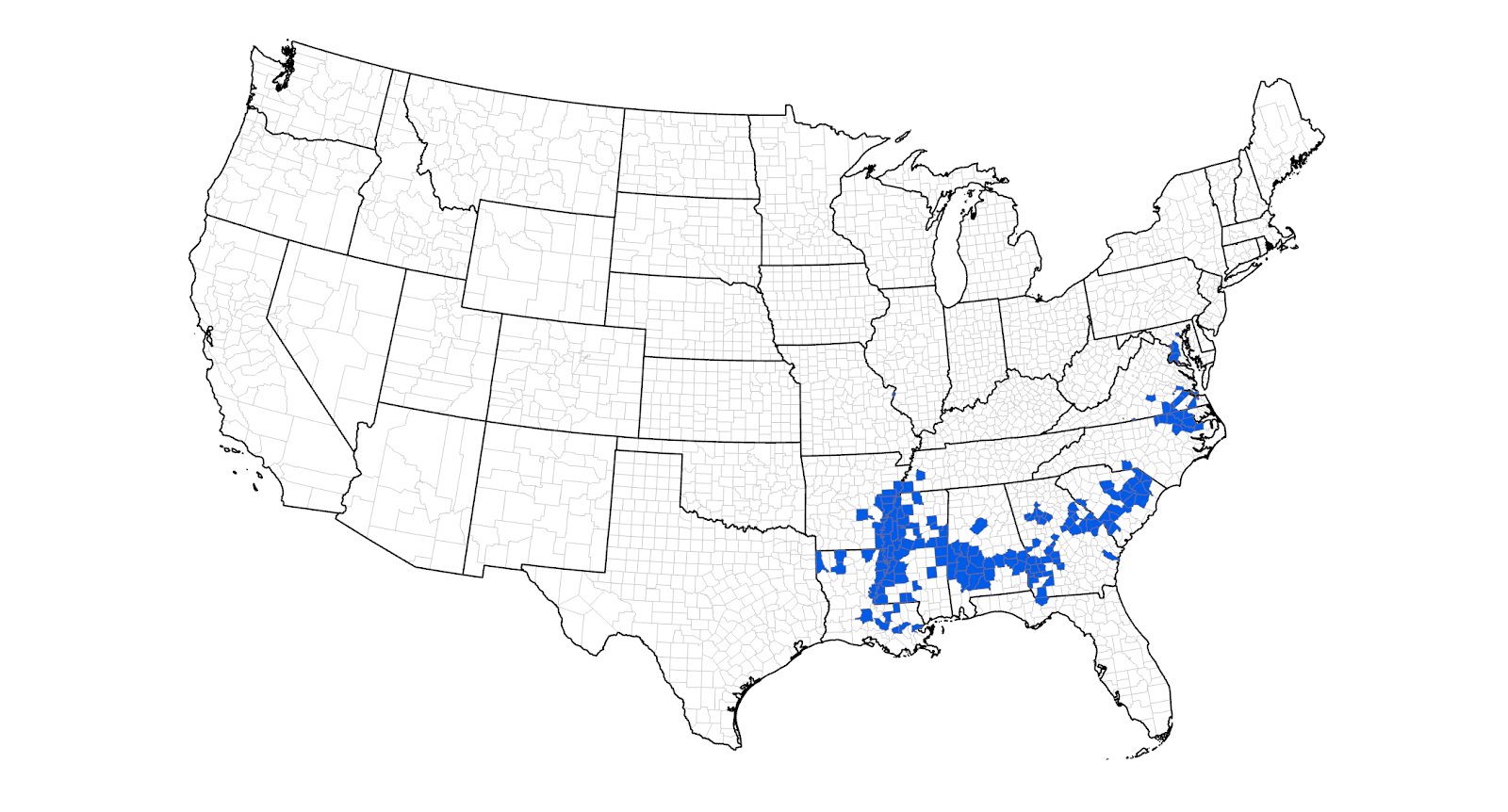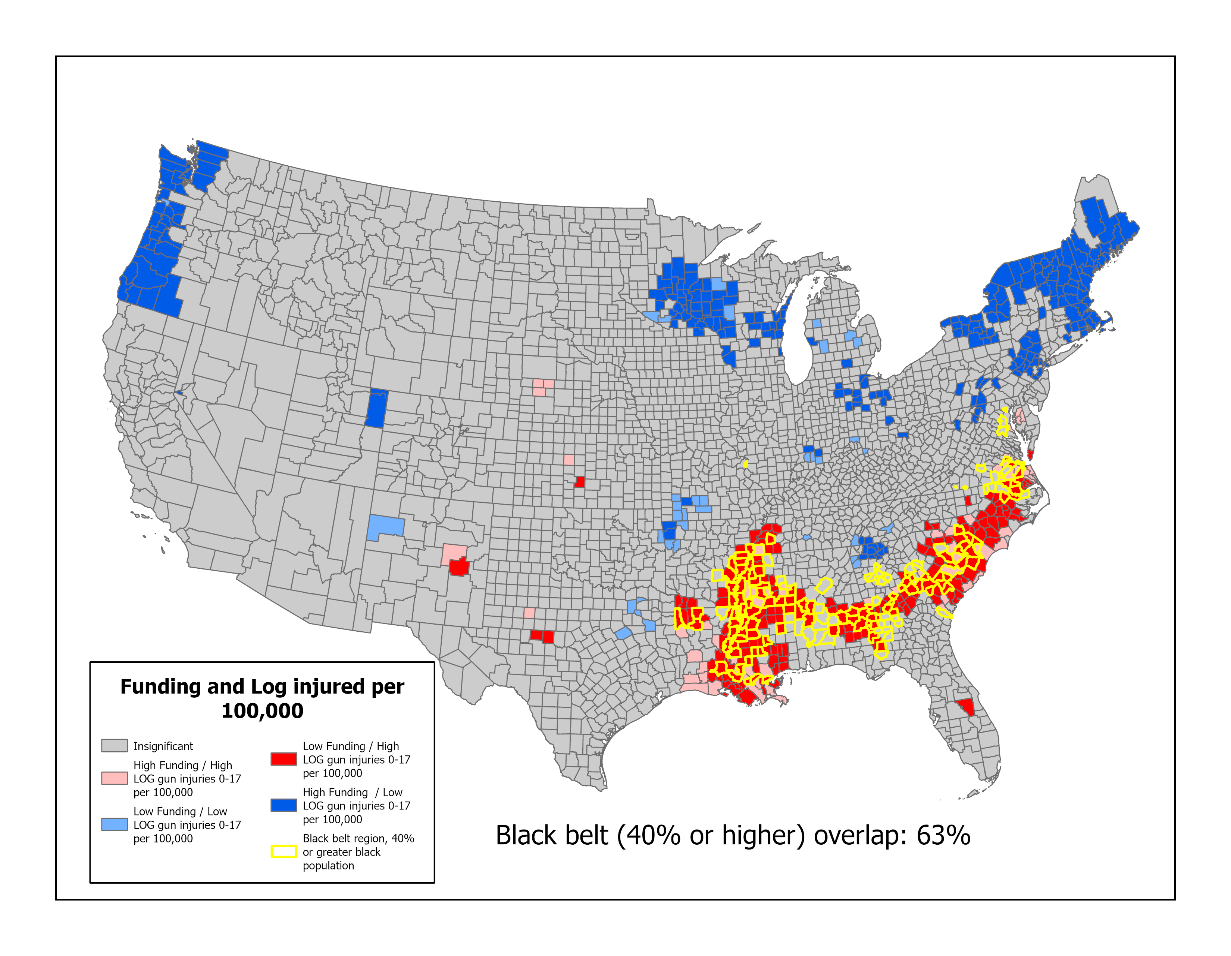Health Equity/Social Determinants of Health 8
Session: Health Equity/Social Determinants of Health 8
178 - The Impact of School Funding and Mental Health on Pediatric Gun Violence: A Spatial Perspective
Monday, April 28, 2025
7:00am - 9:15am HST
Publication Number: 178.6920
Hana Zalvan, George Washington University, Briarcliff Manor, NY, United States; Brendan J. Hurley, The George Washington University, Washington, DC, United States; Anand Gourishankar, Children's National Hospital/George Washington University, Washington, DC, United States

Hana Zalvan, BS
Student
George Washington University
Briarcliff Manor, New York, United States
Presenting Author(s)
Background: Scientific literature driving pediatric gun violence is multifaceted, including firearm access, community violence, mental health, socioeconomic factors, and systemic racism and discrimination. Additionally, underfunding for school-based programs may affect pediatric firearm events.
Objective: To determine the relationship between pediatric gun violence-related injury and death and school education funding. We applied geospatial clustering between these variables to create maps displaying hotspots of school funding and pediatric death and injury.
Design/Methods: Children aged 0-17 years from the National Gun Archive from 2017 and 2023 were geocoded. Bivariate Local Indicator of Spatial Analysis (BILISA) applied for gun-related death and injury and school education funding. We applied logistic regression between outcome (log-transformed), school education funding, and mental health provider (county, log count per 100,000). BILISA results (high-gun violence rates vs. low-educational funding) were overlaid (overlap %) on the historic areas of the “Black Belt” (geological region with a history of slavery and Black workers) to assess
geographic disparity.
Results: In total, 8,982 deaths and 24,405 injuries from firearms were used in this analysis. The “high death- and -injury rate and low education funding” mirrored the historic “Black Belt” regions (Figure 1). The overlap of the Black Belt region in terms of death and injury was 52% and 63%, respectively (Figure 2). For every $5,000 increase in school funding, the odds of decreasing death and injury were 57% and 59%. The mental health providers (log value) showed an association with gun death (OR 1.4, p = 0.02), but not with gun injury (OR 1.1, p >0.05).
Conclusion(s): Educational school funding was decreased in geographic areas of high gun violence morbidity. Increasing such findings was associated with reduced gun violence, death, and injury. Areas experiencing high numbers of gun violence deaths may already be investing more towards mental health resources.
Figure 1. The “Black Belt” region, 40% of higher Black by population.

Figure 2. Overlap of blackbelt and gun violence death.
.png)
Figure 2. Overlap of blackbelt and gun violence injury.


